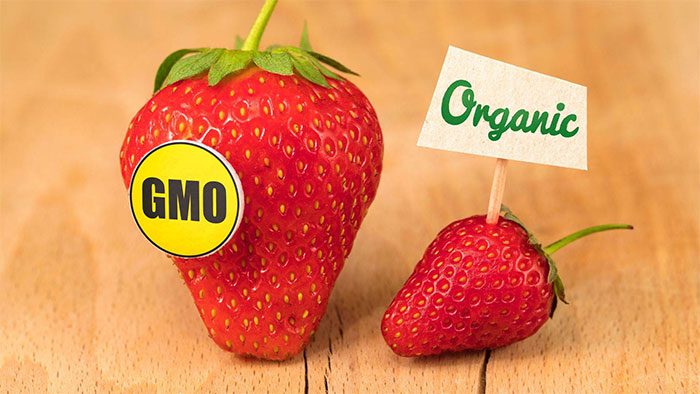All over the world, soybeans, corn, cotton, alfalfa, canola, apples, papayas, potatoes, summer squash, beets, and genetically modified pineapples are frequently produced. But what does it mean for plants to become genetically modified organisms (GMOs)?
All the food you eat today, whether it’s rice, corn, or watermelon, is not the same as it was when humans began farming 10,000 years ago. Corn originally resembled wild grass, while watermelon used to be white and unappetizing. We have modern crops today because humans have manipulated plant genetics in the past.

Genetically modified foods are becoming increasingly common in life.
Farmers sow seeds from plants with desired traits, such as more seeds, faster growth, or sweeter taste. Crop breeders around the world still follow a similar process, but they are now equipped with knowledge about DNA and plant genetics. This is why we have such a wide variety of vegetables today.
In the mid-20th century, new technologies emerged that allowed us to make more precise changes to the DNA of any organism. This marked the advent of genetic engineering. With genetic engineering, you can move a specific gene from one organism to another, even if they belong to different species. The aim is to alter the genetic code in plants, making them higher-yielding and more resistant to pests or cultivation techniques, as well as eliminating the chemicals that would normally kill them.
Currently, creating genetically modified crops is a lengthy process that can take several years, but it can be summarized in four main steps.
- First, we need to identify which traits to add to the recipient plant and the gene that provides the desired trait.
- Second, we need to create copies of the gene from the organism with the desired trait.
- Third, we insert that gene into the DNA of the recipient plant.
- Fourth, we grow the genetically modified plant.
Gene technology is and will continue to be a positive factor in minimizing the use of chemical fertilizers in agriculture, reducing environmental pollution, stabilizing ecosystem balance, and ensuring food security for the global population.
However, in reality, genetically modified organisms can threaten biodiversity. GMO varieties can compete with traditional crops, with the main risk being the disruption of environmental components such as soil, pollinating insects, or climate.
Furthermore, genetically modified organisms can “spread” through nature via cross-pollination from one environment to another and by mating with natural organisms, which can lead to an inability to truly control disease outbreaks, resulting in the development of drug-resistant populations. The use of genetically modified foods remains a debate among scientists worldwide.





















































